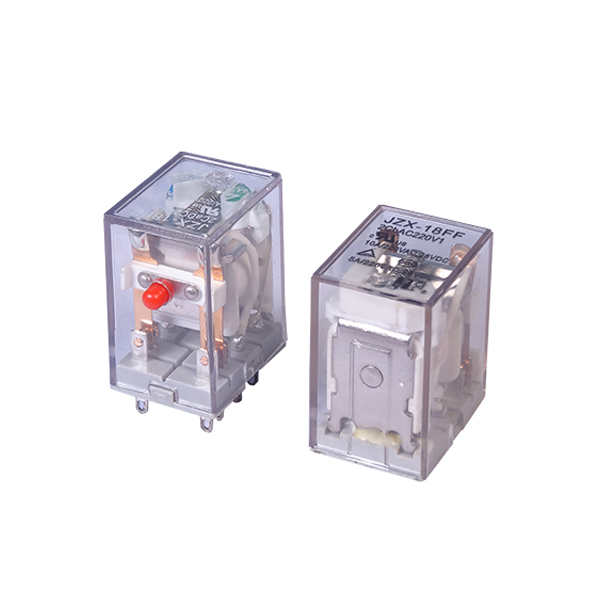Exploring the Key Components and Functions of General Purpose Relays for Heavy Power Switching
2024-04-09
Introduction:
General Purpose Relays for Heavy Power Switching are indispensable components in electrical systems, facilitating the control and switching of high-power loads. Understanding the key components of these relays and their functions is essential for engineers and technicians working with heavy-duty electrical applications. In this blog, we'll take a closer look at the fundamental components of General Purpose Relays for Heavy Power Switching and how they contribute to the relay's overall functionality.
Electromagnetic Coil:
At the heart of a General Purpose Relay for Heavy Power Switching lies an electromagnetic coil. When an electrical current passes through the coil, it generates a magnetic field, which exerts force on the movable armature or plunger within the relay.
Function: The electromagnetic coil serves as the primary actuator of the relay, initiating the mechanical switching action when energized. The strength of the magnetic field produced by the coil determines the relay's sensitivity and response time.
Contacts:
The contacts in a General Purpose Relay for Heavy Power Switching are metallic conductive elements that make or break electrical connections when the relay is activated.
Function: Contacts play a critical role in controlling the flow of electricity within the relay. They are typically made of materials with high conductivity and resistance to arcing and wear. Depending on the relay's design, contacts may be normally open (NO), normally closed (NC), or changeover (CO), providing different switching configurations to suit various applications.
Armature:
The armature is a movable component within the relay that is actuated by the magnetic field produced by the electromagnetic coil.
Function: When the coil is energized, the magnetic field attracts the armature, causing it to move and make or break contact with the stationary terminals. The armature's movement is precisely controlled to ensure reliable and consistent switching of electrical circuits.
Spring:
A spring is often used in General Purpose Relays for Heavy Power Switching to provide mechanical tension and restore the armature to its original position when the coil is de-energized.
Function: The spring ensures that the contacts return to their default state (either open or closed) when the electromagnetic coil is no longer energized. This action helps prevent contact welding and ensures proper functioning of the relay over multiple switching cycles.
Enclosure:
The enclosure of a General Purpose Relay for Heavy Power Switching provides mechanical protection and insulation for the internal components of the relay.
Function: The enclosure shields the relay's sensitive components from environmental factors such as dust, moisture, and physical damage. It also helps contain any arc or spark generated during switching operations, enhancing safety and reliability.
Conclusion:
General Purpose Relays for Heavy Power Switching comprise several essential components that work together to control the switching of high-power electrical loads. From the electromagnetic coil that initiates the switching action to the contacts that make or break electrical connections, each component plays a crucial role in the relay's functionality. By understanding the key components and their functions, engineers and technicians can effectively design, select, and troubleshoot relays for heavy-duty applications, ensuring reliable performance and safety in electrical systems.



